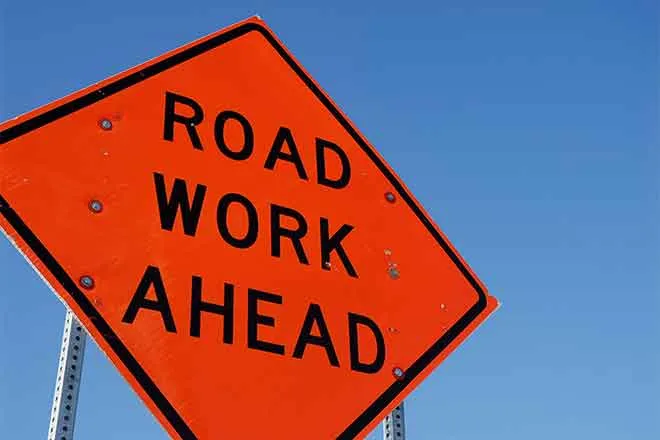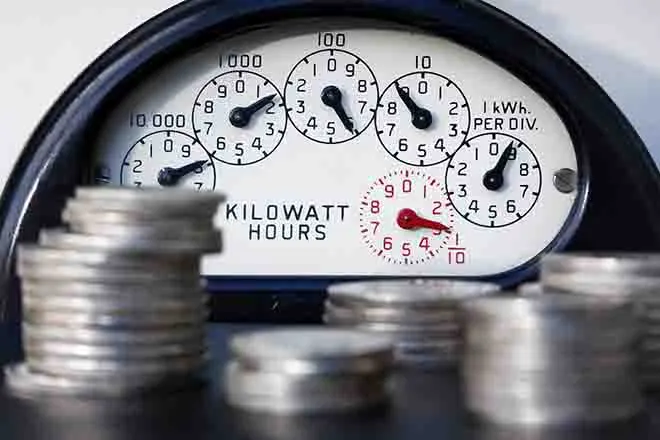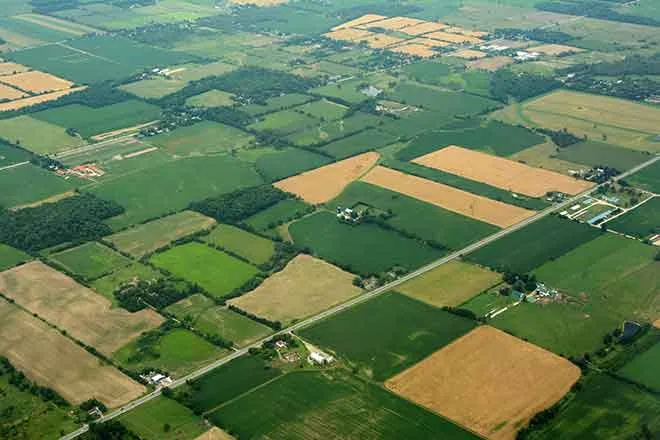
EarthTalk - Is New York City really sinking?
© iStock
Dear EarthTalk:
Is New York City really sinking? If so, is it a problem and is it a natural or human-caused phenomenon? Can anything be done about it?
Jane B., Newark, NJ
The sea level surrounding New York City (NYC) is nine inches higher today than it was in 1950. Put differently. While it took 48 years for the sea level around NYC to rise by six inches, the next three inches took less than 20 years. Scientists forecast that in the next 14 years the waters around NYC will rise another six inches. With all five boroughs of the city surrounded by water, the sinking of NYC puts its 8.4 million residents, its economy, and its property worth billions of dollars at risk.
The sinking or settling of Earth’s surface is known as subsidence—a geological process that can be either natural or human-caused. For NYC, the main cause of subsidence is the sheer weight of the more than one million structures built on it. The United States Geological Survey estimates that structures in NYC weigh 1.68 trillion pounds—the equivalent of 1.9 million Boeing 747s. The pressure exerted by this extraordinary weight causes NYC to sink 0.04 to 0.08 inches every year.
There are other reasons, too, that NYC is sinking. Global warming, caused by the high level of human-made carbon emissions, is steadily increasing sea levels. Warmer temperatures melt ice sheets and glaciers, adding water to the oceans. And as ocean waters warm up, it causes oceans to expand. Climate change is also contributing to NYC’s sinking by increasing the frequency of hurricanes. As the world heats up, more evaporation from water bodies takes place, causing heavier precipitation and more flooding along the shores, The National Oceanic and Atmospheric Administration has found that because of climate change, coastal flooding has become 40 percent more likely and 10 percent more intense.
Yet another human-made contributor to the sinking of NYC is the extraction of groundwater from underground aquifers., which is used to supply a third of the city’s drinking needs. Years of pumping these aquifers has caused the soil to compact by reducing the size and number of open pores in the soil that previously held water. This, too, has led to subsidence in NYC.
This is not to say that all causes of NYC’s sinking are human made. The natural erosion and deposit of sediment can cause soil to shift from one area to another leading to uneven subsidence. Volcanic activity beneath the ground can force tectonic plates to move in ways that also make the land above it sink.
To minimize subsidence, NYC could halt the construction of new buildings. But this is unrealistic given the needs of its growing population. It could limit extraction of groundwater, but that would threaten the availability of safe drinking water. NYC could build defenses such as seawalls and flood gates. These can be helpful, but they are expensive to construct and do not address the source of the problem.
Alternately, the NYC government could adopt more creative urbanization plans that build away from areas vulnerable to subsidence, and consider the construction of new pipe systems to transport water from regional aqueducts instead of extracting local groundwater. And most important, they can support policies that mitigate global warming, such as carbon taxation, and provide incentives for clean energy adoption.
CONTACTS
- New York State Climate Action Scoping Plan, https://climate.ny.gov/resources/scoping-plan/
- New York’s Climate Leadership & Community Protection Act, https://climate.ny.gov
- New York City Mayor Eric Adams, https://www.nyc.gov/office-of-the-mayor/mayor-contact.page.
















